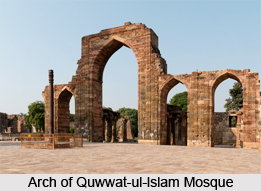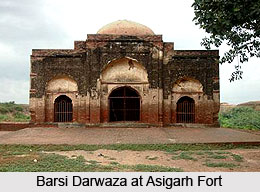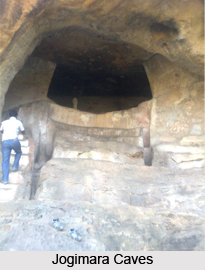 The arch was a practically unseen in the Hindu temples of pre-Sultanate northern India. Space in the Hindu architectural tradition was spanned by the use of beams and lintels laid between pillars. So the gateways of the temples were either flat-roofed or modelled on mountain shikharas, with layers of stones laid in rows until they met in a peak between two pillar posts.
The arch was a practically unseen in the Hindu temples of pre-Sultanate northern India. Space in the Hindu architectural tradition was spanned by the use of beams and lintels laid between pillars. So the gateways of the temples were either flat-roofed or modelled on mountain shikharas, with layers of stones laid in rows until they met in a peak between two pillar posts.
But the Muslims came to India having been long acquainted with the true arch that was raised by the means of voussoirs or wedge-shaped blocks of stone. These voussoirs were laid in a radiating half circle, with the keystone at the centre of the arch.
When the Muslim generals wanted to build the arch in the great screen they were erecting in the first mosque of newly-conquered India, they came up against the Hindu workmen`s inability to fashion the unfamiliar shape.
But, master craftsmen in stone as they were, the workmen innovated the corbelled arch. They laid their stones horizontally as they always had, but they rounded the sides of individual stones to create the curve of an arch. Also, these were ogee- or S-shaped arches, harking back to the sun-windows of the Buddhist chaityas.
This article is a stub. You can enrich by adding more information to it. Send your Write Up to content@indianetzone.com




